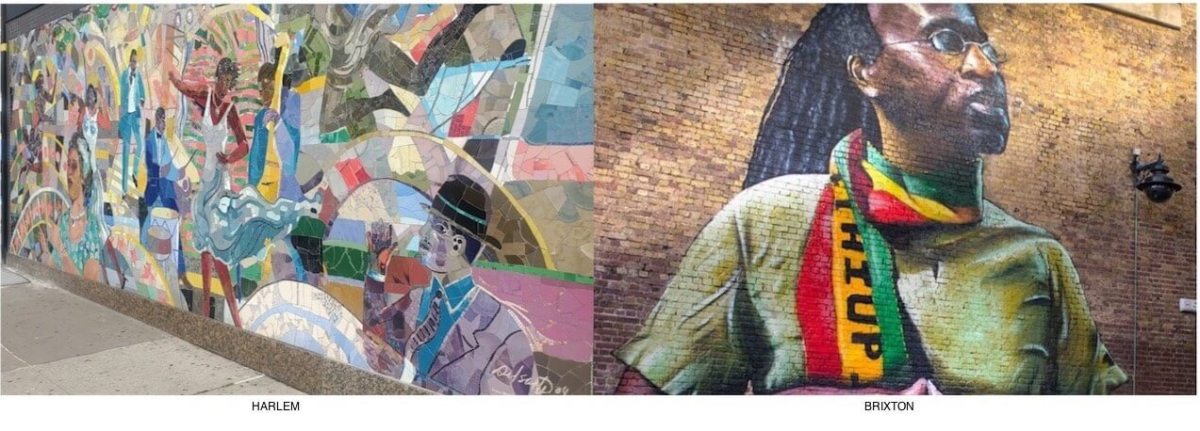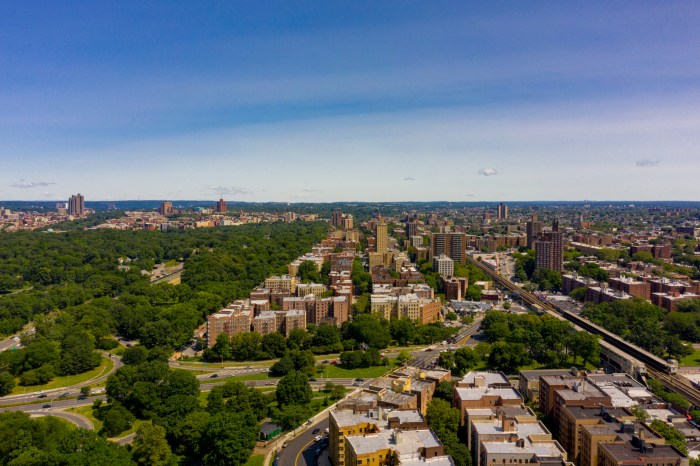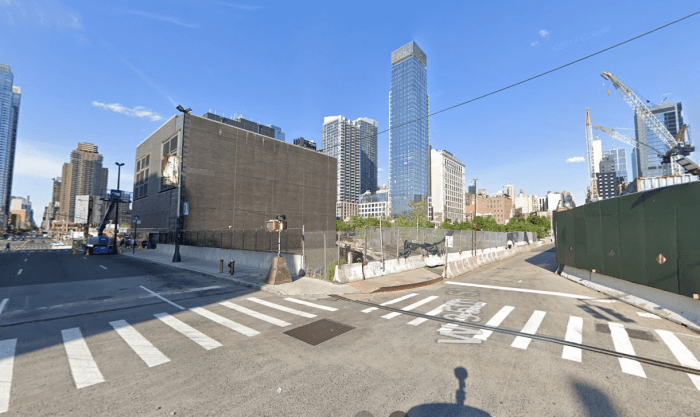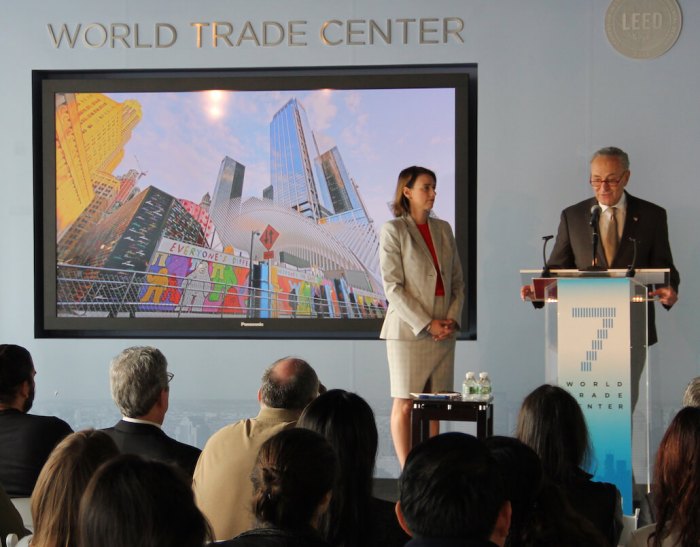The Harlem 125th Street Business Improvement District and the Brixton BID in London are coming together from across the pond to “twin” the organizations together.
Both BIDs are located in communities with a long and rich history of being the epicenters for a convergence of diversity, informed by a high percentage of its population being of African descent, representing various parts of the diaspora, living and working within the BID’s borders.
Harlem and Brixton share a number of common traits beyond the socio-demographical makeup of their neighborhoods. These two communities share a similar history, social issues including inequities and crime, and in recent years, both have experienced a rapid socio-economic transformation, which many refer to as gentrification due to the new influx of wealthy individuals moving into the area.
“Harlem and Brixton have similarly rich histories and are well-positioned for important and positive change and growth,” President of the 125th St. BID Barbara Askins says. “One of the main initiatives that we are both involved in is to begin framing a new streetscape for both business districts. We are repurposing non-traditional spaces in the community (freight doors in Harlem) and transforming them into canvases for community expression. We are very excited by the possibilities offered through this new friendship which we helped broker, and all of its promise.”
The two BIDs were created out of almost identical principles and values such as equality, togetherness, and social justice, and have missions that reflect these values: to improve the quality of life for residents of their respective communities by improving the economic health and well-being of the community, and by creating programs that reflect the vibrancy and history of the people and the neighborhood.
Both Harlem and Brixton have been permanently infused by the culture, food, and experience of its Black population.
The Harlem Community’s 125th Street district is one of the most significant and important landmark streets in the city and carries the double name – Martin Luther King Jr. Boulevard. It is the home of the world-famous Apollo Theater, the Adam Clayton Powell Jr. State Office Building, the renowned Hotel Theresa where Fidel Castro chose to stay in 1960, as did Malcolm X, poets extraordinaire Langston Hughes and Allen Ginsberg, and numerous other dignitaries and VIPs. Today it is a two-way mecca of business activities and tourism.
It mirrors its sister community of Brixton in south London, a multiethnic district, which has undergone significant change. Set within London’s Borough of Lambeth, Brixton is considered by many, the home of Black Britain. The arrival of Empire Windrush in 1948 saw the growth of the African Caribbean community in Britain, many of whom settled in Brixton. In 1981 residents of Brixton rose up against systemic racism in the first Brixton Uprising; Eddie Grant’s infamous ‘Electric Avenue’ was written in response to the uprising and references the famous market street, the first to be lit by electric lights in 1880s. Brixton’s rich history dates back to the Saxon’s and includes the UK’s oldest working Mill, Victorian musical hall fame and the only national heritage centre dedicated to collecting, preserving and celebrating the histories of African and Caribbean people in Britain, Black Cultural Archives on Windrush Square.
“The twinning of our BIDs celebrates the defiant resilience of the communities we represent and celebrates their cultural roots, music, art, culinary soul, heritage, and much more,” Gianluca Rizzo, Managing Director of the Brixton BID says. “Brixton and Harlem are the beating hearts of our cities, sharing universal values and principles. Whilst we are part of sharing global progress, the BIDs act locally to support business and the communities we represent. Together with Harlem we believe our friendship can help create great opportunities for all.”
Askins and Rizzo came up with ideas to exchange ideas between the BIDs to replicate that tie the two communities in meaningful and powerful ways. In 2020, community residents in Harlem found themselves battling two major crises simultaneously – the pandemic and the demand for social justice. Understanding the overwhelming pain the community was grappling with, the 125th Street BID created the Harlem Canvas for Change. With the help of local business owners, plywood canvases, painted black, began popping up around the neighborhood with an invitation to all who wanted to express themselves, to fill the empty canvases with their messages. Within hours of the canvases appearing, the writing began. It was as though the flood-gates of emotions had been released and the collective grief, pain, anger, hope and fears of the people was captured in the writings and artwork that filled the canvases.
As part of the partnership with the 125th St. BID, the Brixton BID hopes to recreate the Canvas for Change in their community. The BID will invite the community to write, paint, and draw messages in support of the 40th anniversary of the Brixton Uprising of 1981, the legacy of the Windrush Generation and the global Black Lives Matter Movement.
Activities around the introduction of the Canvas project will be memorialized through video, photography, audio testimonials and social media hashtags to become a digital archive to be held at the Black Cultural Archive on Windrush Square. This activation will take place in preparation for the large-scale mural of the 1970s leading social justice activist Olive Morris that will transform Dorrell Place in 2022 to mark Olive’s 70th Birthday.
Both BIDS have activated a community Street Lamp Banner Project. These banners have already begun to appear in Brixton and in Harlem, they will soon go up across the 125th Street BID’s boundary. The Harlem 125th St. BID has partnered with the National Black Commission on Health, City University of New York School of Public Health, Blick Art Materials and the local owner of Settepani restaurant to produce a series of banners with reinforcing messages around health, safety, and social justice issues.
In Brixton, the BID has created and installed a series of 32 lamp post banners across the town’s Centre supporting the Black Lives Matter global movement, and highlighting the Black British, African and Caribbean community and businesses. The Banners look to redefine the words Brixton, Community, BAME-owned and Black Lives Matter.
These projects are just the tip of the iceberg. The announcement of the Twinning signals the start of numerous events and activities designed to form a bridge connecting both communities. Both Ms. Askins and Mr. Rizzo hope that the Twinning will not only unite the two communities but will help to produce an exchange of dynamic new solutions to address systemic issues facing these two sister communities, protect the historic values of both Harlem and Brixton and preserve the African American/African-Caribbean legacy in both locations that serves as a strong foundation for positive and equitable change. Additionally, they hope the announcement of the Twinning will lead to an increase in tourism to both locations, and an exchange of e-commerce products and services, which is vital in the creation of jobs, development of infrastructure and can contribute to the overall economic health and wealth of both communities and the cities they are located in.
For more on the Harlem 125th Street BID and the Brixton BID visit their websites.

































